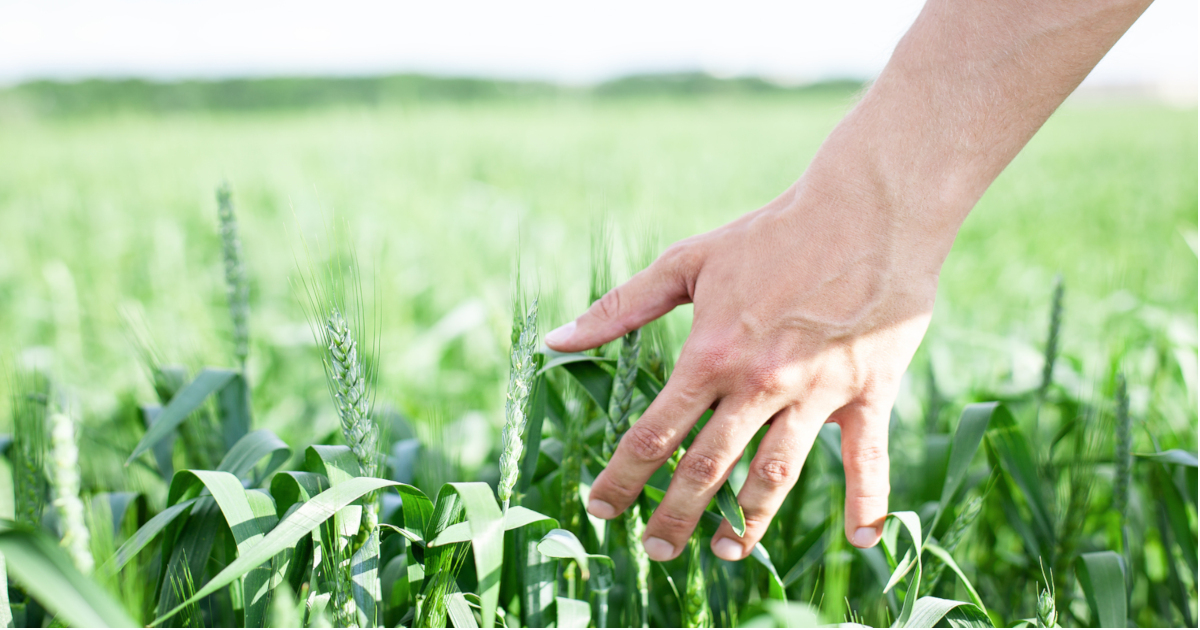
What Can You Do About the Looming Food Crisis? Take Action Today!
August 13, 2019 | Alexis Baden-Mayer
Organic Consumers Association
Last week, the Intergovernmental Panel on Climate Change (IPCC) warned of a looming food crisis.
The impact of climate change on land is “already severe,” the panel reported. Unless we act fast, climate change will eventually lead to global food shortages and higher food prices.
What can you do?
TAKE ACTION: Tell Congress to pass the Climate Stewardship Act!
U.S. farmers are already dealing with the impact of climate change—and it’s only going to get worse, here and around the globe.
Heavy rain and flooding in the U.S. heartland—made worse by climate change—prevented farmers from planting more than 19 million acres of crops this year.
It was the highest total of unplanted acres ever recorded by the U.S. Department of Agriculture (USDA).
According to last week’s IPCC report, more than 500 million people worldwide today already live in areas where the land cannot provide adequate food.
If we fail to act on climate change, the world’s food supply will only diminish.
Here’s what the IPCC says we can do to reverse these dangerous trends:
• As individuals, we can eat a climate-friendly diet:
“Balanced diets featuring plant-based foods, such as coarse grains, legumes, fruits and vegetables, and animal-sourced food produced sustainably in low greenhouse gas emission systems present major opportunities for adaptation to and limiting climate change,” said Debra Roberts, Co-Chair of IPCC Working Group II and one of the authors of the report.
• As nations, we can adopt policies that support “sustainable land management:”
The IPCC defines this as the “stewardship and use of land resources, including soils, water, animals and plants, to meet changing human needs, while simultaneously ensuring the long-term productive potential of these resources and the maintenance of their environmental functions.” The report authors list several examples, including agroecology, agroforestry, conservation agriculture, crop diversity, crop rotations, organic farming, pollinator protection, rain water harvesting, and range and pasture management.
These practices can “prevent and reduce land degradation, maintain land productivity, and sometimes reverse the adverse impacts of climate change on land degradation… Reducing and reversing land degradation, at scales from individual farms to entire watersheds, can provide cost-effective, immediate, and long-term benefits to communities…”
The USDA first set “land stewardship” goals in 1933, when it established the Soil Conservation Service to address the Dust Bowl. Yet in recent decades, federal policy has pushed farmers to rely on machinery, chemicals and plowing up virgin land to maintain high yields—regardless of the impact on the soil or the climate.
Farmers are interested in conservation programs, but budget cuts have forced up to 75 percent of eligible applicants to be turned away.
The Climate Stewardship Act is the first bill since the New Deal era to propose making a renewed commitment to soil health for food security and the climate.
TAKE ACTION: Tell Congress to pass the Climate Stewardship Act!
